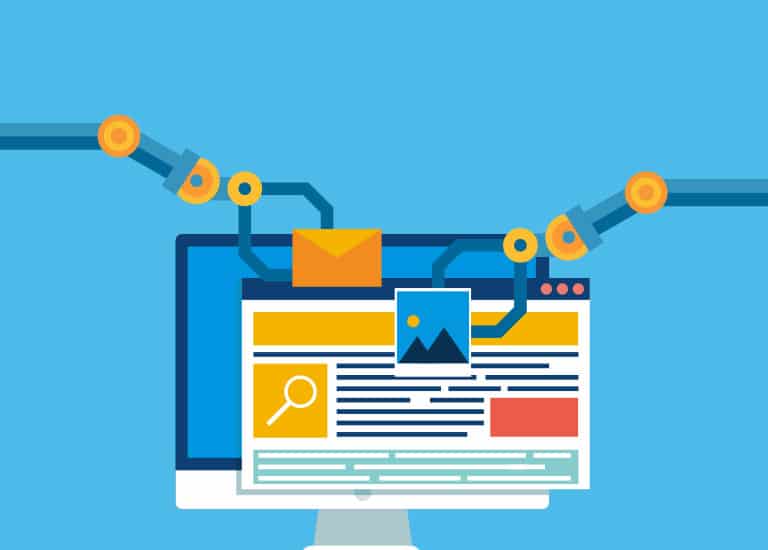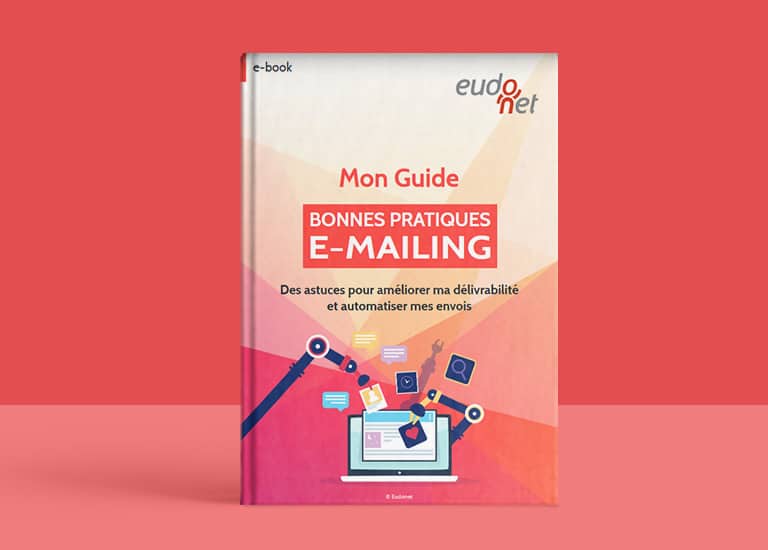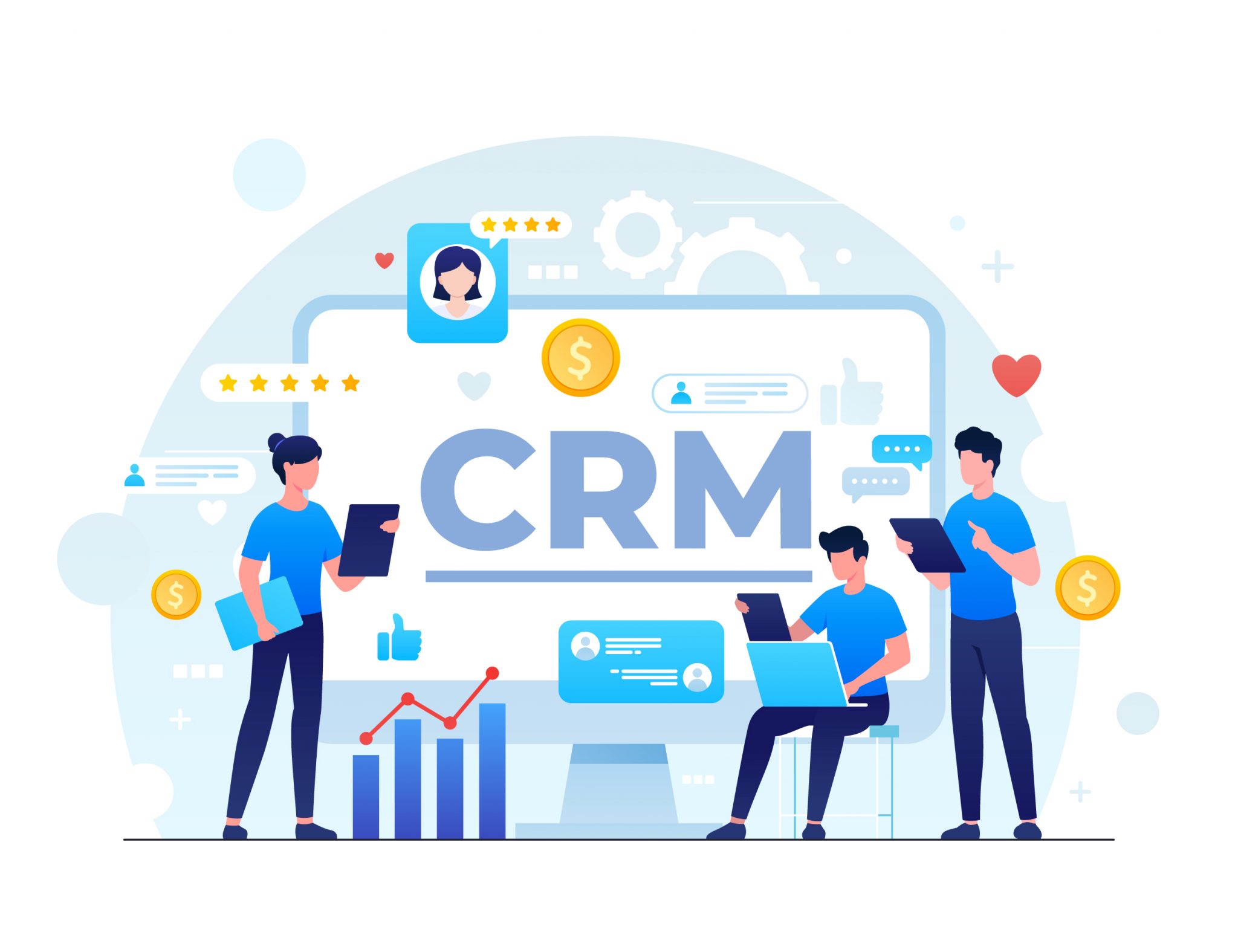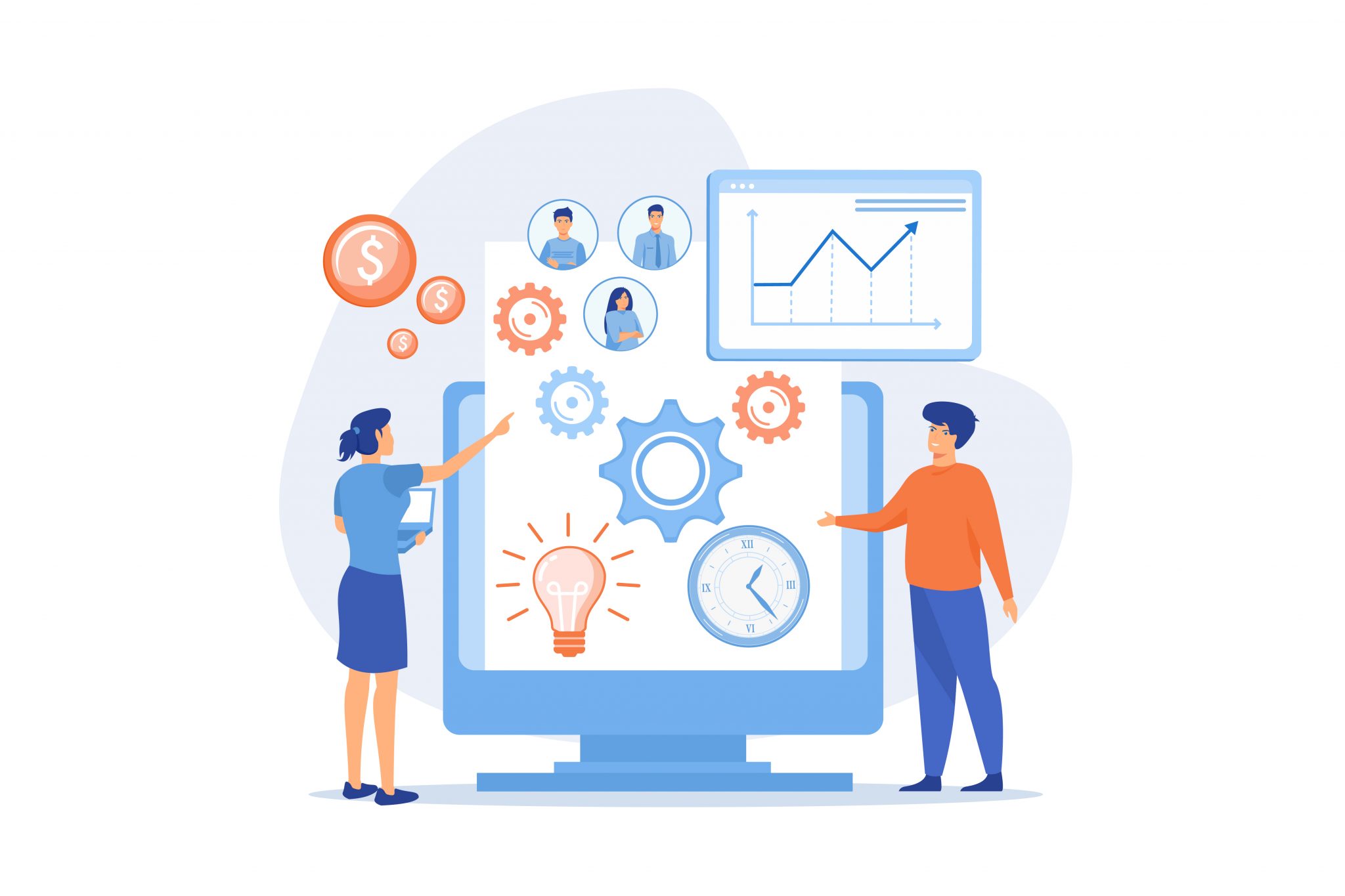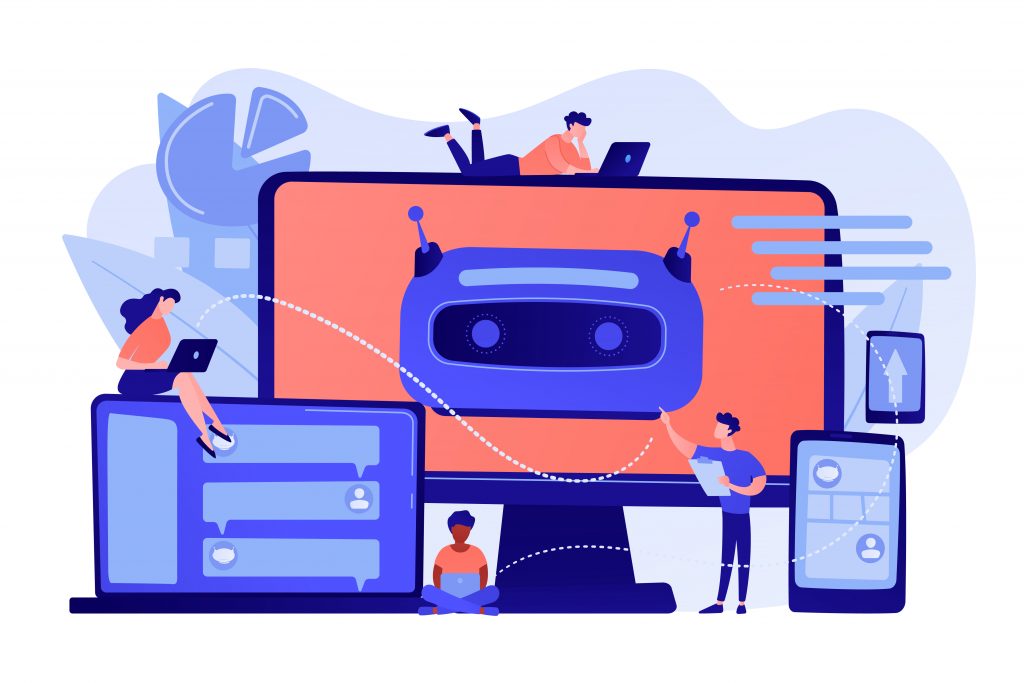Because your business requires you to hunt for new opportunities every day, you must also think about what comes after, namely the retention of your contacts. Whether it’s to generate leads or retain new customers, scripting your email campaigns can save you valuable time in the medium and long term. The experts at Eudonet share their tips with you.
What is email scenario? Definition:
For movie enthusiasts, it’s easy to understand: an email scenario is a story that you tell where the recipient of your email is the main character. As the scriptwriter, you have planned out a route to take them to their final destination. As an omniscient and omnipotent author, you use all the strategies at your disposal to help them get there. However, unlike a fictional character, your hero will make their own decisions, sometimes going against your initial wishes. This will influence the narrative world you have created, bringing some “difficulties” along the way. It’s up to you to imagine in advance all the behavioral possibilities of the hero to ensure a happy ending. This way, you can better follow up with them and anticipate your future emails.
What are the advantages of email scenarios?
As a part of marketing automation, creating different email scenarios may seem tedious, but it allows you to gain efficiency in the long term by staying ahead of your contacts. This way, you keep control over your relationship with them.
Basically, 1 scenario is equivalent to 1 specific strategy for a given reaction from your recipient. Therefore, you will need to prepare as many scenario variations as there are possibilities. However, well-developed email sequences will allow you to limit the attrition of your prospects or clients. This increases your chances of conversion or loyalty and, above all, reduces the cost of acquisition. It’s like in the cinema, where you increase your chances of bringing back the audience for a sequel if they enjoyed the original movie.
From your email editor, you will be able to program these different scenarios so that marketing automation takes on its full meaning by sending automatic follow-ups. You can also proceed “manually” by creating new segmentations of your contacts according to the different reactions of your recipients.

How to create an email scenario?
Similar to the “Bandersnatch” episode of the Black Mirror series (or the Choose Your Own Adventure books for the more literary among you), every decision will lead your protagonist down a different path. They will encounter another, and another, creating a labyrinthine narrative and as many alternate realities that inevitably lead to a conclusion. We intentionally exaggerate the image, but you grasp the idea of anticipating the scripting work. So, imagine a story where everything is possible, simultaneously. To get familiar with the exercise, start with simple models by using binary routes (“yes” and “no”). These will give you a base that you can make more complex when you become more comfortable with the technique.
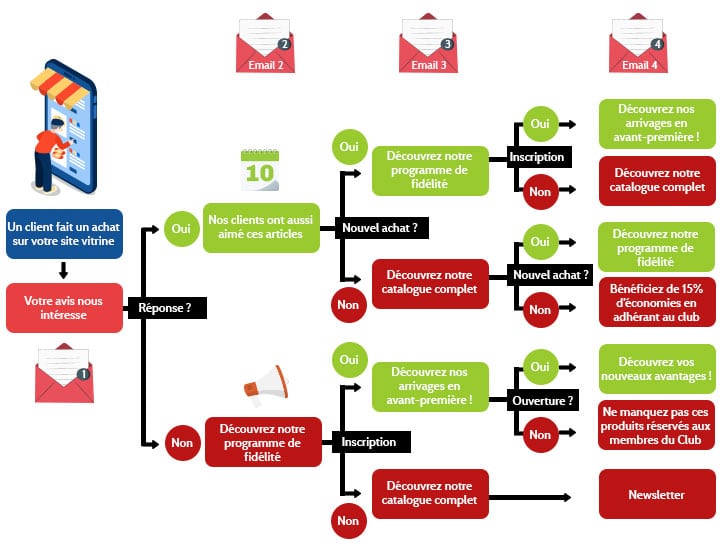
Reminder: in order to lead your contact where you want them to go, it is essential to anticipate all situations and create all possible scenarios. These scenarios should be able to put your contact back on track if they were to deviate from the ideal route. If you create more advanced scenarios, create differentiated cycles based on behavior in order to create more personalized messages to send at dedicated intervals.
What types of emailings for my prospects?
Once upon a time…
A person who needs information on a specific topic that you address leaves their contact details to download your white paper. This story could have ended there, but you pleasantly surprised this contact with a friendly and original thank-you email. Quickly, you send a personalized email offering a phone call to discuss this contact’s needs and how your services can address them.
Unfortunately, your proposal goes unanswered, and the email is not even opened. Identified as a cold prospect, you add this contact to your list of recipients for your lead-nurturing campaigns.
You then send them your newsletter, one of which topics is related to the downloaded white paper’s theme. Fate has played its part. Thanks to tracking, you can tell that they clicked on the link leading to your blog article. Perhaps your prospect is not so cold after all?
To make sure, you ask them in a following email to take a few minutes to complete an online survey. With their responses, you can complete this contact’s profile and refine your communications towards them.
With this profile, you determine that the prospect is warm enough to be contacted directly by phone. Because several weeks have passed since the white paper’s download, the prospect’s need has become more specific, and the project has matured. The person grants you a presentation meeting for your product or services. The rest of your sales cycle then begins…
This is a story that many organizations know. But it’s just one among many others. We started with a prospect downloading a document. We could have just as easily written the story of a historical client requiring more personalized follow-up.
The important thing here is to choose the starting points that are specific to you to create narrative mechanisms that resemble you and bring you closer to your clients.
Eudonet CRM helps you with your email campaigns
With Eudonet CRM, your email campaign is a done deal! Thanks to its powerful email editor, Eudonet allows you to benefit from the full power of marketing automation. Create your email templates, schedule your sends, automatic responses, and follow-ups according to the criteria of your choice to more effectively reach your targets.
Do you want to learn more about the Marketing Automation feature of Eudonet CRM?
Contact our experts for a demo!
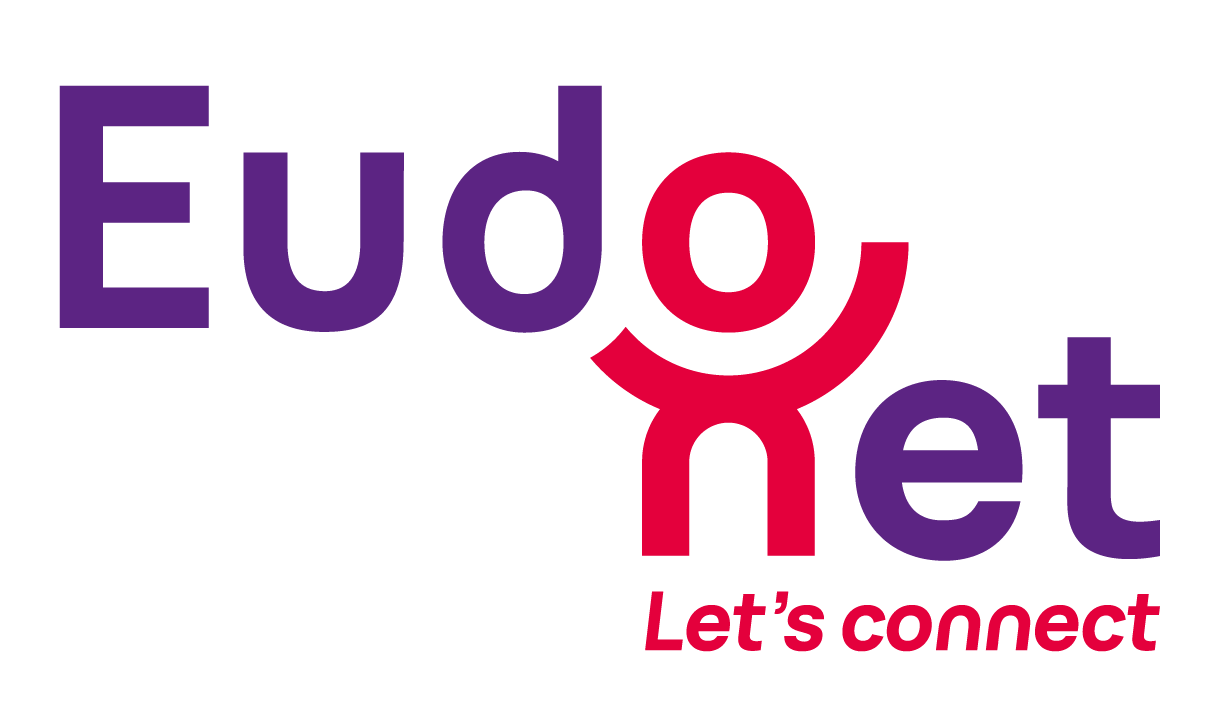
 By Marc Thévenin
By Marc Thévenin 